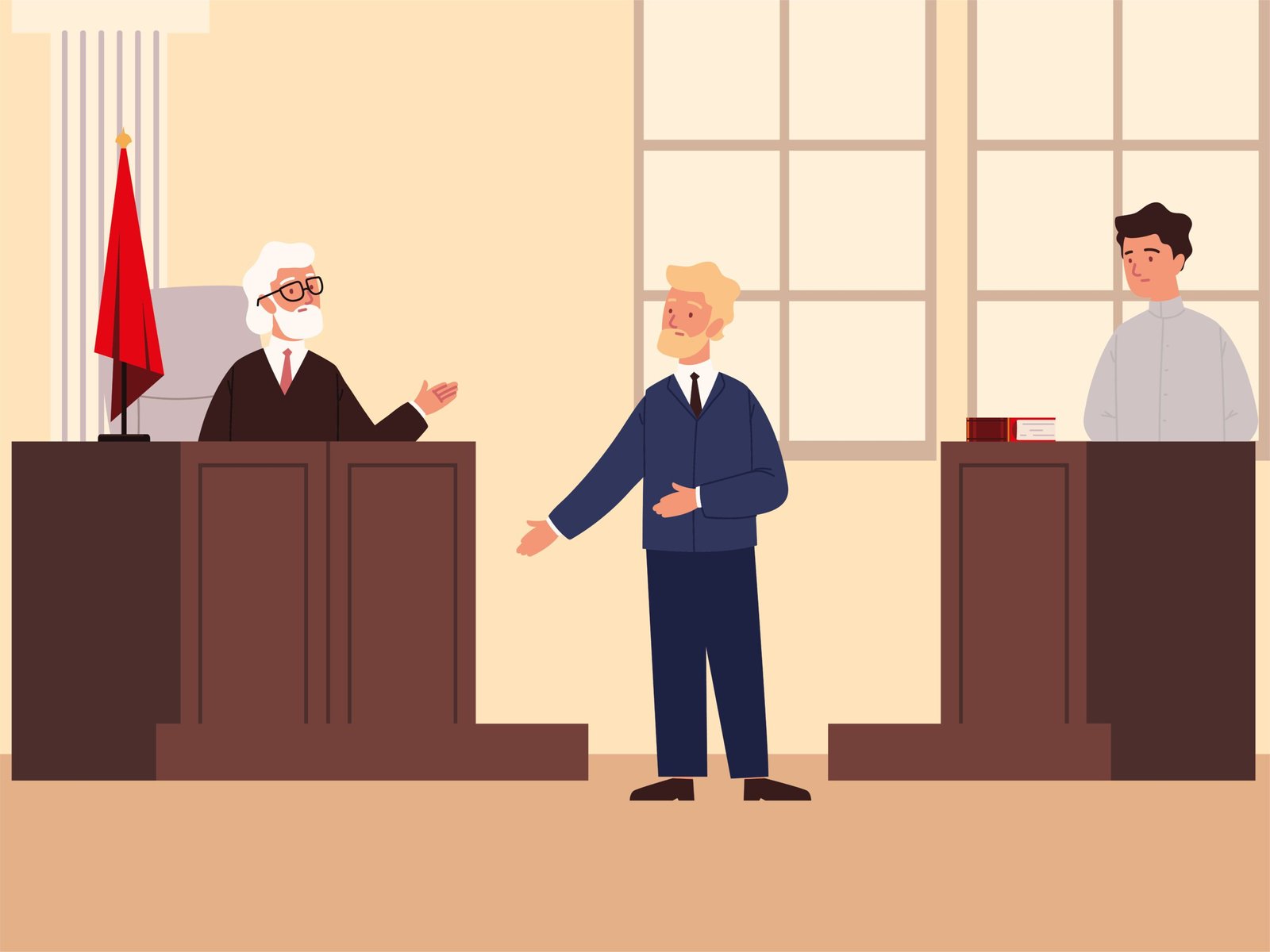Introduction:
Many law students tend to forget that precedents or famous judgments play a significant role in a better understanding of the law. Without relating your theory with relevant judgments or actual saying by the courts, will not mean any sense of reading those theories you can not apply.

Law is the discipline and principle concerned with the numbers, customs, rules of conduct of a community, and actions if someone will not abide by those rules. The legal profession involves reading cases or previously made judgments so that one can stand their arguments in front of the court of any theory by precedents. Below are some of the famous and most interesting judgments that every law student must know.
Most interesting Judgments in India:
1. The Chappal-Sandal Conundrum:
In a very interesting ruling of the Delhi High Court, where the issue was raised, Is a women’s footwear without a backstrap a “chappal” or “sandal”? And Delhi High Court held that “it is a chappal, not a sandal”. The judgments came after the Chennai-based footwear manufacturer named Wishall challenged this particular issue of chappal and sandal differentiation.
Customs duty drawbacks on sandals are 10%, while those on chappals are only 5%. This is at the heart of the dispute. An export duty drawback is a refund given to manufacturers or business houses which import machinery or raw materials to produce goods for export. On purchase of raw materials, these manufacturers pay import duties, but as they export their product, they can claim a drawback, which refunds the duty paid. Exports are thus encouraged.
According to the Customs Department in New Delhi, the export consignment contained chappals and not sandals. The dispute began in May 2003 when the company filed a shipping bill for exports of “ladies’ leather sandals.” According to the Centre and Revenue Department, Wishall’s products are chappals and therefore the company is entitled to a 5% duty drawback.
2. The Ayodhya Case:
One of the most controversial cases in Indian Constitutional history is the Ayodhya mandir and Barbri-masjid dispute. Mahant Raghubir Das filed the first complaint in January 1885 seeking permission to build a temple outside the Babri Masjid on the chabutara (a raised platform). A trespasser then broke into the Babri Masjid on December 22, 1949, installing an idol of Ram inside. The issue then remained in suspended animation for many years.
3. ADM Jabalpur V. Shivkand Shukla Case, 1976
The maintainability of the presidential order in National Emergency was challenged in this case. An extremely significant case in Indian constitutional history is ADM Jabalpur V Shivkant Shukla. The case was decided on 28th April 1976. In India’s constitutional history, this is the blackest day. A presidential order during the emergency of 1975 suspended the right of citizens to bring any claim to any court to enforce any right conferred by Articles 14, 21, and 22.
Four out of five judges of the Supreme Court declared that it was valid and maintainable under the emergency provisions of the Indian constitution, while several high courts found it not maintainable. Under MISA, a preventive detention act that aims to maintain the country’s internal security, everyone deemed to be a political threat was detained without trial. This was a case where an attorney general of India wrote, “Even if life was taken away illegally, courts are helpless”.
4. Association Of Dead People, … vs State Of U.P. And Others, 2000
Conclusion:
It is important to remember famous judgments or quoted lines of judges in landmark or important cases of the Indian Constitution. Above are a few of the Landmark judgments I have written that can be beneficial for Law students.
